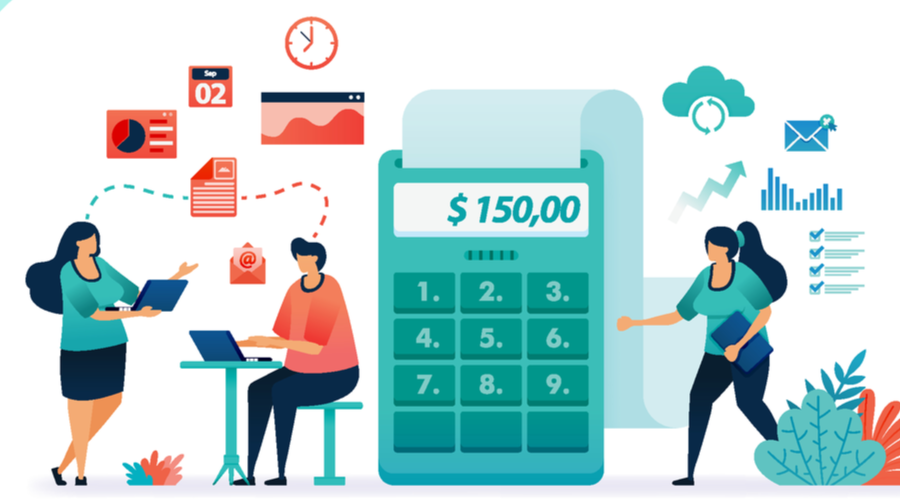Advice for startups: Key accounting KPIs to monitor

Rayhan Aleem is the founder and managing partner at Alpha Pro Partners
Running a small business means juggling many different things on a daily basis and accounting can be one of the hardest aspects to manage. Having a suitable accounting system and outsourcing the task to an accountant will help you to keep track of invoicing, payments and cashflow, but making sure you get the right information from them is crucial.
Without keeping track of key performance indicators (KPI), you will not be informed enough to make strategic decisions about the future or deal with inevitable challenges that arise.
When the pandemic hit, crisis planning became the new buzzword. However, reacting after a problem occurs is too late. Planning ahead is a must, and when you are developing a business continuity plan, you will need comprehensive financial data to hand. While some metrics might depend on your industry, business size, and growth plans, there are several fundamental financial KPIs to measure on a regular basis.
Gross Profit Margin – of all the elements that will affect your business, it is profit. Gross profit is the difference between the revenue generated by a product or service and the cost of producing it. If you are consistently spending more on suppliers than you are generating in revenue then it is time to go back and revisit your business model. The gross profit margin shows how profits are performing as a percentage, based on gross profit divided by revenue. Seeing the margin decrease is a sign that your strategy needs re-evaluating and/or outgoings need to be reduced.
Average Accounts Receivable days – one of the main reasons why startups and small businesses fail is a lack of cashflow. It is impossible to gain a clear financial picture without building a cashflow forecast and for that, you’ll need an understanding of your average collection period i.e. how long it takes clients to pay. If the number of days starts to increase, immediate action must be taken to push for speedier payments. Generally, a figure of 25 per cent more than the standard terms allowed represents an opportunity for improvement. It is to be expected that tougher market conditions may lead to delays, which should be part of your business preparedness strategy. Think in advance about what steps you could take to mitigate the effects of late payments without compromising your service levels.
Cash Burn Rate – Knowing your company’s burn rate is critical to sustainability and growth. Usually measured on a monthly basis, the burn rate reveals how many months your current cash reserves will last to keep the business afloat. The gross burn rate reflects the total operating expenses, whereas net burn rate shows how much money is being lost. For startups looking to secure additional investment, this is one of the main things that will come under scrutiny. It is worth remembering that your burn rate is likely to change at different stages of development. Being aware of your burn rate will provide you with better knowledge around what risks to take, where to focus internally, and when urgent action is required.
Employee to Revenue Ratio - If you are selling a service rather than a product, gross profit margin may not be the best indicator for you. In this scenario, your main commodity is your employees’ time, and your largest expense is likely to be their salaries. As such, aiming for a higher employee to revenue ratio should increase productivity and profitability. It is also a valuable tool for resource planning. To calculate revenue per employee, divide the total revenue by your current number of employees. You will also need to do some research to benchmark the value against similar companies in the same industry. This will help you to derive a reasonable range, keep an eye on efficiency, and avoid hiring new staff before it is necessary.
Net Profit Margin - Once the above KPIs and metrics are under control, you should work towards optimising your net profit margin if it is not being done already. Unlike gross profit, net profit is the amount left after all other business expenses have been paid. Your net profit margin is the percentage of net profit generated by your company’s revenue and a good reflection of your overall financial health. A healthy net profit margin should always be at least 10 per cent, with the aim to increase this margin steadily over time.


